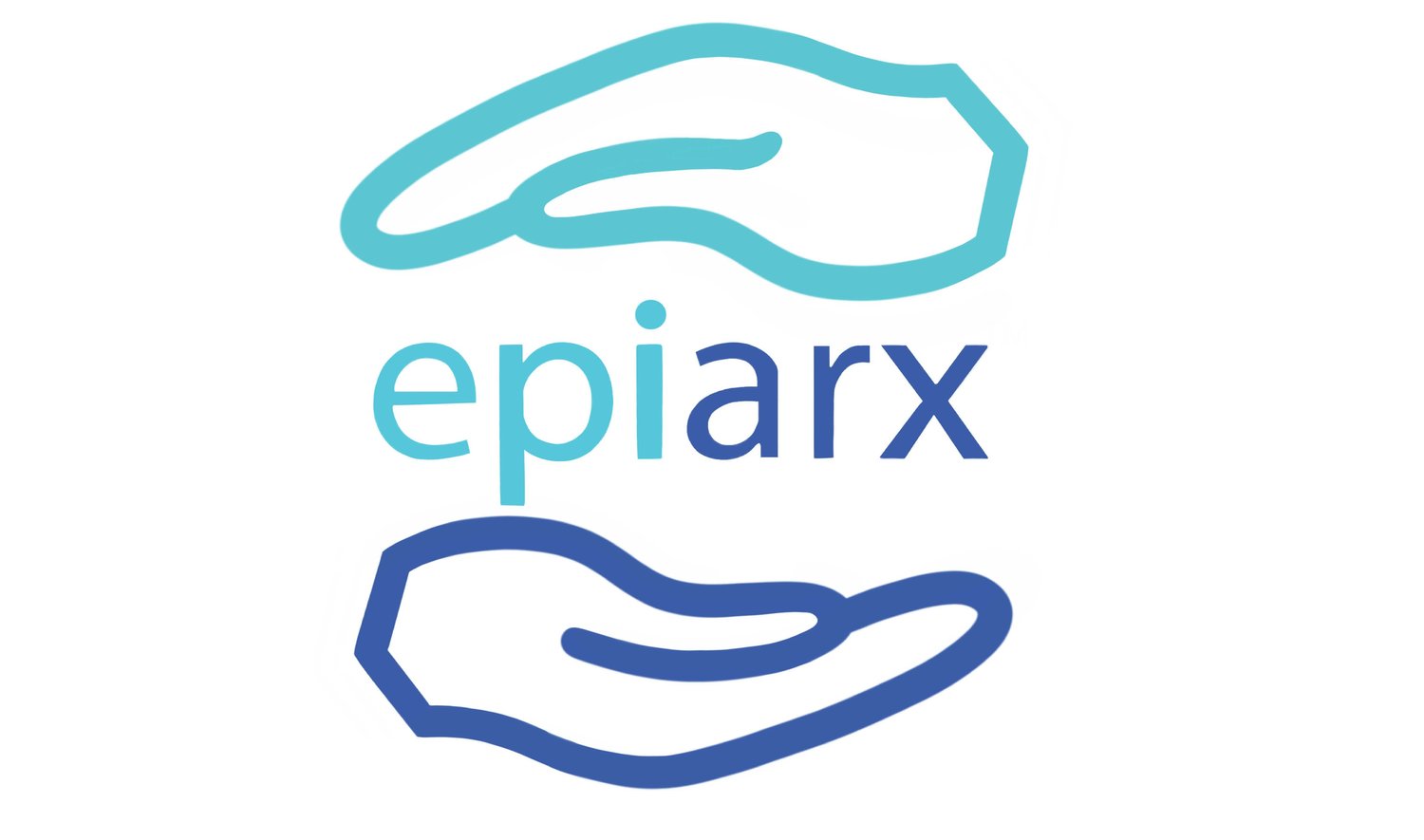Molecular Autopsy: When Genetics Answers What Conventional Autopsy Alone Cannot
When a loved one passes suddenly and without warning, families often hope for answers. In many cases, a conventional autopsy, with dissection, microscopic tissue review, toxicology studies, and histology, can reveal a cause. But in a meaningful minority of cases, the cause remains elusive: structural changes are absent, toxicology is negative, and the pathologist concludes “undetermined.”
That uncertainty leaves families in emotional limbo and may conceal critical hereditary risk for surviving relatives. This is where molecular autopsy services step in, leveraging genetic sequencing and bioinformatics to potentially uncover hidden causes of death that traditional pathology cannot see.
What Is a Molecular Autopsy?
A molecular autopsy (also called postmortem genetic testing or postmortem molecular analysis) is the application of genomic technologies to the DNA of a deceased individual to seek genetic variants that may explain death. It is not a replacement for a conventional autopsy, but rather a complement, a deeper level of investigation when structural, toxicologic, or histologic analysis fails to provide a clear answer.
Introduced over 20 years ago, molecular autopsy has grown in relevance as sequencing technologies became faster, cheaper, and more robust.
In forensic medicine, it is especially used in what are termed “negative autopsies” — sudden unexplained deaths (SUD) where no structural cause is identified. In such cases, the suspicion often shifts to inherited arrhythmogenic syndromes, ion channelopathy, cardiomyopathy, or conduction system disease. These negative autopsy scenarios are exactly when a molecular autopsy is recommended, especially for suspected inherited cardiac or neurologic conditions.
When Is a Molecular Autopsy Recommended?
Molecular autopsies are most often recommended when:
A standard autopsy yields no definitive cause — the “negative autopsy” scenario.
Sudden unexplained death in younger individuals (infants, children, adults under ~40–50).
Cases with potential cardiac or neurologic suspicion (e.g. sudden cardiac death, unexplained arrhythmia, epilepsy-related death).
Deaths involving minimal structural anomalies (i.e., conventional pathology shows no clear abnormalities).
For example, in many sudden cardiac death (SCD) cases in youth, up to 30% of cases may remain unexplained after a full conventional autopsy. In those, molecular autopsy offers a chance to detect pathogenic variants that might go undetected and support sudden unexplained death genetics investigations.
A 2021 cohort study of 103 sudden death cases in young individuals identified clinically actionable variants in about 13% of cases via genomic analysis. Another JAMA case series of 25 sudden unexpected deaths in persons under 45 found that a molecular autopsy uncovered likely or plausible causes in 40% (10 out of 25) when combined with conventional autopsy findings.
How It Works: Methods & Technologies
Sample Collection & Preservation
For molecular autopsy to succeed, high-quality DNA must be preserved. Ideal specimens include fresh or properly frozen tissue, whole blood, or isolated nuclei from organs such as heart, liver, muscle, or spleen. Degraded or poorly preserved DNA may limit analysis.
Sequencing Techniques
Targeted gene panels: focus on known genes associated with arrhythmia, cardiomyopathy, channelopathies, etc.
Whole Exome Sequencing (WES): sequences all protein-coding regions (exons), ~1% of genome, more comprehensive coverage.
Whole Genome Sequencing (WGS): sequences entire genome, including noncoding regions, structural variants, regulatory elements.
Bioinformatics & Variant Interpretation: After raw sequencing, data must be processed, filtered, annotated, and interpreted. This often involves classifying variants as pathogenic, likely pathogenic, variant of uncertain significance (VUS), benign, etc. Clinical databases (ClinVar, gnomAD) and functional studies may guide classification.
Even with state-of-the-art sequencing, variants of uncertain significance (VUS) remain a challenge, variants whose contribution to disease is not confidently known.
Molecular Autopsy by Proxy
In cases where sufficient DNA cannot be obtained from the decedent, genetic testing of living relatives (parents, siblings) may help infer causative variants. This “molecular autopsy by proxy” is increasingly used in forensic genetics.
Diagnostic Yield & Evidence
The yield of molecular autopsy, i.e., the fraction of previously unexplained deaths for which a likely genetic cause is found, varies by population, technology, and case selection.
In SUD cases, molecular autopsy identifies a pathogenic variant in ~10–25% of decedents under 40.
The Tomassini et al. 2024 review reported 47 mutations found across 84 selected studies of sudden death, reinforcing that molecular investigations are essential where conventional autopsy fails.
The Nature Reviews Cardiology commentary highlights that molecular autopsy plays an increasingly recognized role in the care of families, because it can personalize prevention and targeted risk mitigation in relatives.
The recent Fadoni review emphasizes that NGS enhances accuracy and depth in molecular autopsies of sudden cardiac death, though standards, variant interpretation, and bioinformatics remain hurdles.
Thus, while molecular autopsy doesn’t resolve every case, its contribution is meaningful: providing a path forward for families, enabling preventive screening, and offering insights that morphology alone cannot.
Even with these benefits, important scientific, ethical, and practical limitations remain that families and clinicians should understand.
Challenges & Limitations
Variants of Uncertain Significance (VUS)
Even when variants are found, their clinical relevance may not be clear. Many detected variants may fall into “uncertain” categories, limiting their interpretive value.
Incomplete Gene Knowledge
Not all disease genes are known or characterized. Some deaths may be due to genetic causes we cannot yet detect or interpret.
Sample Quality & Degradation
Postmortem degradation, autolysis, or poor preservation can compromise DNA quality, making sequencing unreliable or impossible.
Ethical, Consent, and Privacy Issues
Genetic testing raises sensitive ethical questions: who can access results, impact on life insurance, implications for relatives. Consent from next-of-kin is often required.
Cost, Infrastructure, & Bioinformatics Expertise
High-throughput sequencing, variant curation, and interpretation require specialized labs, computational resources, and expert geneticists. Not all pathology labs have these capabilities built-in.
Interpretation & Clinical Translation
Linking a genetic variant to the cause of death is complex: one must correlate phenotype, clinical history, pathological findings, and familial data. Some variants may be novel or ambiguous.
Implications for Families & Clinical Follow-up
When a pathogenic or likely pathogenic genetic variant is found, it has substantial implications:
Cascade Testing: Family members can undergo genetic testing to identify carriers, enabling targeted surveillance or preventive interventions.
Clinical Monitoring and Surveillance: For genes associated with arrhythmia, cardiomyopathy, ion channelopathies, relatives may receive EKGs, cardiac imaging, or preventive therapies.
Genetic Counseling: Families should receive counseling to understand risks, penetrance, inheritance patterns, and limitations.
Emotional & Legal Closure: Knowing a cause can aid in grief, closure, and potential medical or legal planning.
Even when a molecular autopsy yields no definitive variant, its negative result still informs families: it refines possibilities, may focus further investigations, and reduces uncertainty.
Turning results into care requires infrastructure, interpretation, and coordination, and this is where EPIARX provides support.t.
Why EPIARX Can Help
At EPIARX, we integrate comprehensive pathology services with advanced forensic molecular diagnostics to support families and professionals:
Expert Lab Infrastructure: Sequencing and variant interpretation under CLIA/HIPAA guidance, suitable for clinical and forensic-grade workflows.
Integrated Autopsy + Molecular Workflow: From tissue collection to genomic testing, we ensure continuity and chain-of-custody.
Second-Opinion & Case Review Support: Our team can overlay molecular findings with autopsy and clinical data to refine conclusions.
Family & Clinician Consultation: We guide next steps, facilitate genetic counseling, and coordinate testing in relatives.
If your case has gone unexplained so far, a molecular autopsy can offer that deeper layer of insight.
Moving from Uncertainty to Answers
When a conventional autopsy leaves unanswered questions, molecular autopsy offers a pathway to clarity. While not every case resolves definitively, every genetic insight has the potential to guide families, protect relatives, and turn uncertainty into direction.
If you are facing a case with no clear cause, consider reaching out to EPIARX. Let us partner with you, combining pathology, genomics, and compassion, to help unlock the answers you deserve.
Book an autopsy consultation with EPIARX today.
Learn more: www.epiarx.com
References
PubMed Central - Molecular autopsy: Twenty years of post-mortem diagnosis in sudden cardiac death
PubMed Central - Genomic Autopsy of Sudden Deaths in Young Individuals
JAMA Network - Molecular Autopsy for Sudden Unexpected Death
Frontiers - Molecular autopsy by proxy: relevance for genetic counseling in rare genetic disorders
MDPI - New Insights on Molecular Autopsy in Sudden Death: A Systematic Review
MDPI - Sudden Cardiac Death: The Role of Molecular Autopsy with Next-Generation Sequencing

